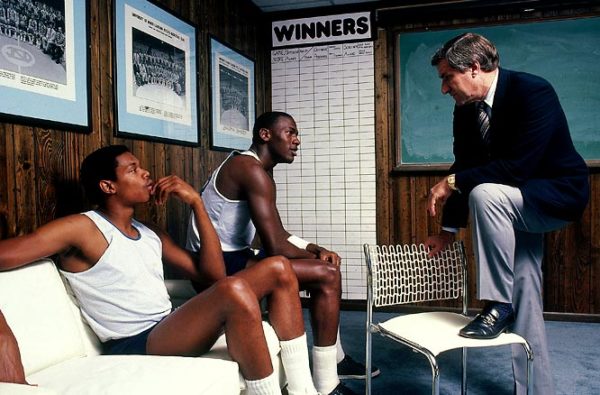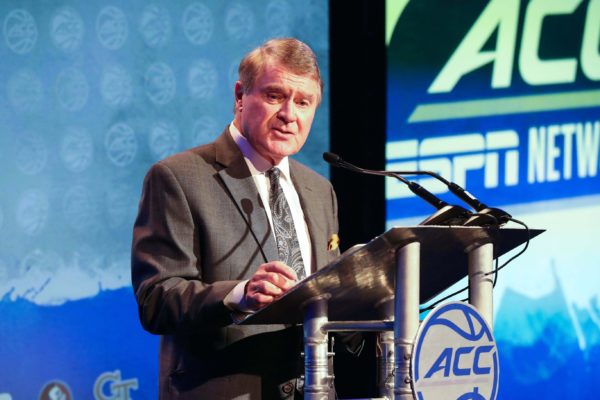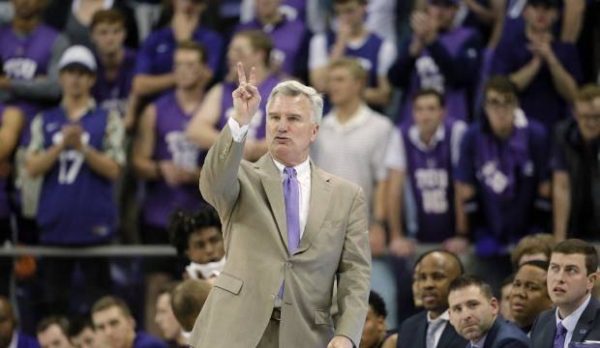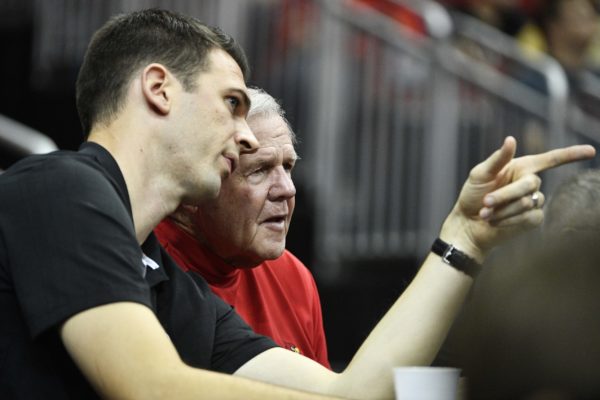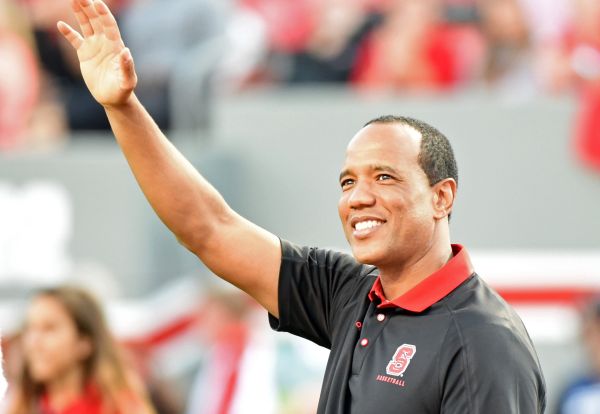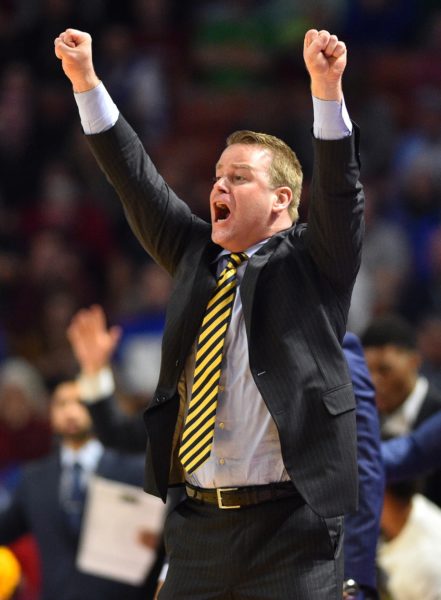Big Ten Preview Part I: Key Questions for Rutgers and Nebraska
Posted by Tommy Lemoine on October 27th, 2017With the season just a few weeks away, Rush the Court’s Big Ten preview will tip off its coverage by posting a season-defining key question for each team. This week, we start at the bottom.
#14 Rutgers – Will the Scarlet Knights score enough to climb out of the cellar?
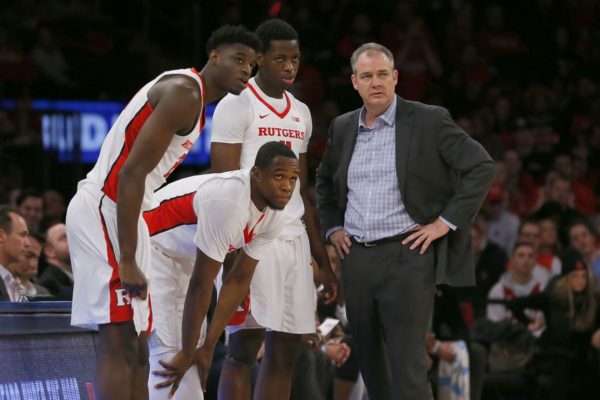
Can Steve Pikiell lift Rutgers out of last place? (Noah K. Murray-USA TODAY Sports)
In Steve Pikiell’s first year, Rutgers doubled its overall win total, won its first-ever Big Ten Tournament game, and climbed nearly 150 spots in the KenPom ratings. Of course, the Scarlet Knights still finished dead-last in the league for the third year in a row, stymied by three-point, two-point, and free throw shooting percentages that ranked among the worst 25 teams nationally. The good news for Pikiell is that significant incoming talent — headlined by four-star power forward Mamadou Doucoure and three-star combo guard Geo Baker — should help diversify Rutgers’ scoring potential. Doucoure, who joins the 2017 class after reclassifying in August, adds needed size to the Scarlet Knights’ frontcourt and should take defensive pressure off senior Deshawn Freeman, who’s proven to be a capable scorer in addition to his rebounding prowess (7.8 RPG). Baker — by all accounts an adept passer and playmaker — adds sorely-needed perimeter shooting and offensive versatility. He should help fill the shoes of Nigel Johnson, a departing graduate transfer who was the team’s best three-point shooter a season ago (36% 3FG). Equally important will be the addition of JuCo transfer Souf Mensah, whose presence at point guard should help leading scorer Corey Sanders (12.8 PPG) play off the ball more regularly and, presumably, score at a more efficient clip. Like Pikiell’s best teams at Stony Brook, Rutgers’ improvement was defined by hard-nosed defense and rebounding last season. Coupling that identity with a more capable offensive attack would make the Scarlet Knights far more competitive in 2017-18.






























